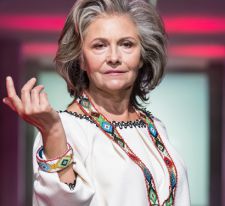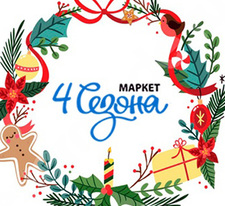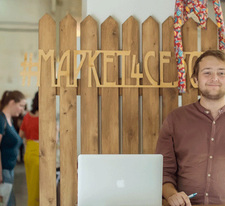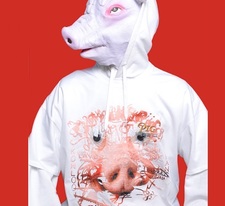Silver market
part 1 part 2 part 3 part 4 part 5
Analysts are convinced that even now the most active and promising buyers are those who were talked about ten years ago by the elderly, people aged 50 and older.However, the Russian fashion market still does not notice this category of customers.
According to FCG, by 2025, older people will make up more than 30% of the population of developed countries, which is associated with an increase in life expectancy in the countries of the "first world". As a result, in Europe and the USA, the so-called silver market becomes the most important segment - the market of wealthy mature buyers aged 50 and over with significant resources. "For example, in Germany, the audience of 50 years and older is citizens with basic funds, those who can afford to spend decent amounts freely and their young offspring," reflects Waldemar Weiss, head of the Russian representative office of the Munitor Group. In Russia, the majority of mass brands traditionally strive to please a young audience. Although, in fact, those who got into the meat grinder of the 90s, passed it and remained with money, – this is just the audience of 50+. Moreover, they do not consider themselves elderly, but they have a golden calf on a leash; this generation of Every Green is undeservedly forgotten by marketers.

AGE LIMIT
Unlike their foreign peers, Russian pensioners have a much lower solvency. After retirement, the financial capabilities of Russians are sharply reduced. So, in 2017, the average salary is 39,355 rubles (July), and the average pension is 13,700 rubles. To analyze the age criterion in the marketing of retail operators (retail + shopping centers), it is necessary to understand at what age the post-Soviet stage of trade development fell in this generation, explains Mikhail Petrov, CEO of Smart Estate Moscow, expert on the development of trading companies. – An important period when consumer habits are laid, – 17–30 years. Thus, in our country, only 50-year-olds can be called free consumers, but not 60+. Since in the older age category there is a Soviet paradigm of consumption with ultra-conservatism, a tendency to the most severe economy and completely atrophied, as the French say, l'art de vivre ("the art of living"), at this age the applied qualities of the product play the most important role. And don't be surprised if your mom or grandma bought orange blinds for a bright interior at a sale and doesn't understand why it's inappropriate.
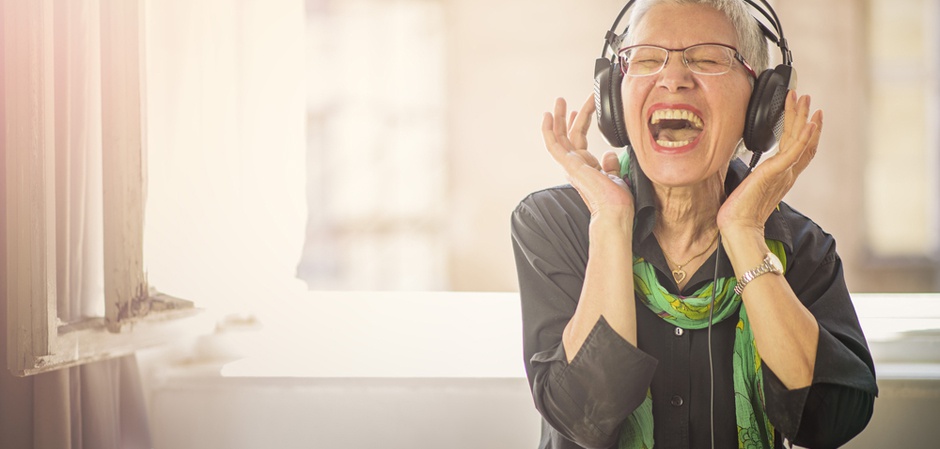
Waldemar Weiss objects: the conditional portrait of a Russian "elderly man" has long undergone changes, people "aged" have money. "Unlike the elderly of the 90s, those who survived in the melting furnaces of perestroika and earned in the Chubais and Gaidar regions, who preserved and increased their capital in even more complex modern crises, continue to lead an active lifestyle," says Mr. Weiss. – They sausage and give the country coal without retiring, are no less active, and sometimes even more aggressive and advanced consumers of services and buyers of fashionable clothes and accessories than the young. However, this group is characterized by increased selectivity, requires closer attention of marketers, studying its habits and lifestyle. It is this target audience that can bring more, but it requires service, creativity and special technology both in service and in the formation of a product offer. As a result, it turns out that young people are relatively omnivorous, tuned to the maximum amount of consumption of goods and services, with great confidence in advertising and marketing campaigns. To attract a more age group, marketers need to do time-consuming work (which requires time resources), manufacturers need to produce groups of products that meet the needs of this age category, and no one can promise success in selling such goods yet, and this is a kind of risk.
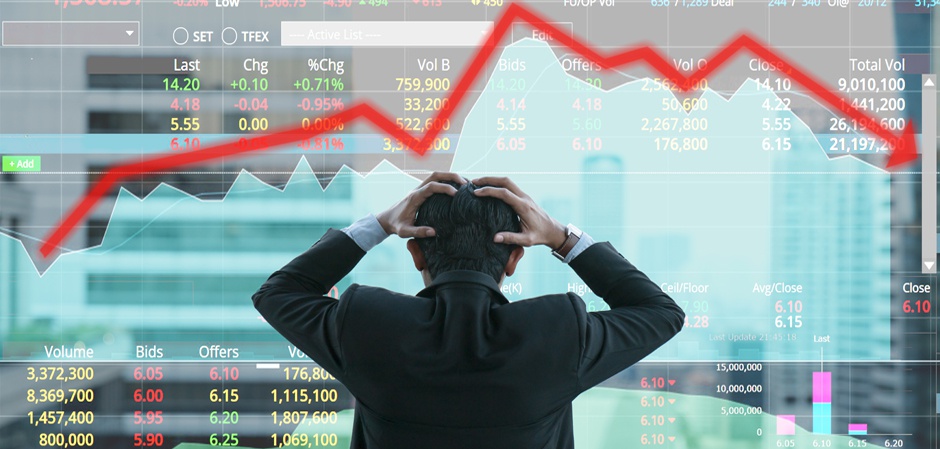
Alexander Obukhovsky, director of the retail real estate department at Knight Frank, supports this opinion: very soon those who worked in the era of capitalism will become elderly. "Since these people will be solvent, the nature of consumption will change," the expert believes. Future pensioners are used to dressing well and taking care of themselves. In addition, some will continue to work and their incomes will remain high."
Meanwhile, according to S.A. Ricci, even in Moscow the minimum pension is only 14,500 rubles, and the share of really well-off pensioners (former civil servants, top managers, those who are supported by successful children) does not exceed 10%. In St. Petersburg, the minimum pension is 8,500 rubles., However, there are many who survived the blockade, their pension is much higher from 32,500 rubles. St. Petersburg pensioners can easily be seen in a cafe with a cup of fragrant coffee, shares Olga Yarullina, director of the Department of retail real estate S.A. Ricci. However, pensioners visit shopping malls there much less often. And they usually buy only the necessary things (clothes, shoes), choosing from the most inexpensive and practical. Shopping for most pensioners is limited to cheap grocery stores and discounters, elderly people in Moscow and St. Petersburg spend no more than 4–5 thousand rubles a month on clothes and shoes, expenses under the "entertainment" column are limited to 2–3 thousand rubles a month.

The situation in the regions is even more complicated. For example, in the Kursk region, the minimum pension does not reach even 7,000 rubles, in Tatarstan and Dagestan it fluctuates around 8,000 rubles. In the regions, the age of the client is still much less, there the perception of pensioners as "grandmothers in handkerchiefs" is still much stronger. Nevertheless, he appears," says Stanislava Nazhmitdinova, Director of brand development at W&B, PTUCH, Lessismore, an expert on franchising and brand development in the fashion industry. In Moscow and St. Petersburg, according to our data, such buyers are happy to go to theaters and restaurants, travel, sit with their grandchildren a little and are ready to spend at least 20% of their budget on shopping. Active redistribution began several years ago, when employers, having soberly assessed the market, recognized the need for experienced and professional staff, and the unspoken requirement "only up to 35" when applying for a job began to die off (not everywhere, of course). Now there are quite a lot of such professionals who have not retired and are successfully changing the field of activity at the age of 50+, and this, of course, forms the market in a certain way.
To be continued.
Text: Ekaterina Reutskaya
Photo: shutterstock.com



